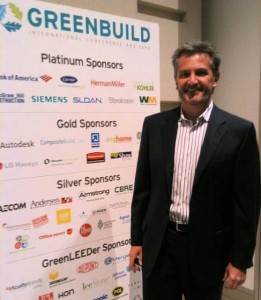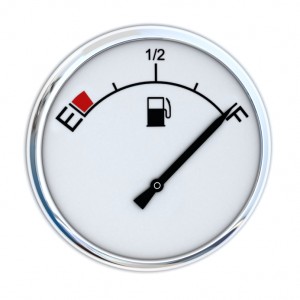Just this year, government agencies around the globe, from the United States to Germany to New Zealand, have generated studies warning that world oil production is within a few years of peaking. Projections for peak world oil demand, however, don’t match up with the projected peak in production.
That mismatch is a problem which only gets worse once past the peak. Current world oil production models see a bumpy plateau that lasts a few years and then a decline rate of about five percent a year sets in as a lack of new discoveries fails to make up the difference. The gap between supply and demand quickly becomes a chasm.
Renewables – wind, solar, biofuels – are seen as a way to erase that gap, but practical realities intrude. Take wind and solar. They really aren’t drop-in replacements for most oil uses; most notably in transportation where some 70 percent of oil gets used. Electric cars are still in their Model T era (fancy dashboard electronics aside) and lack the nationwide infrastructure for refueling, maintenance and repair that took decades to build out for gasoline and diesel vehicles. Biofuels also have a number of shortcomings as petroleum replacements, starting with their lower energy density per unit and moving on to their small scale of production that will limit their ability to make any significant contribution to closing the gap.
 So, how best to narrow the gap? Well, at the outset, peak oil largely presents a liquid fuels and transportation problem. A real focus on driving efficiencies into the transportation sector would be a good place to start. We’ve lived large for decades because energy has been cheap. That needs to change and the good news is that it can. Trains, for instance, are far more efficient for long haul freight, even if it’s a diesel locomotive doing the pulling. Shorter distance delivery can be done by electrified trucks. On the gasoline passenger car front, 40 miles per gallon is becoming the new 30 mpg here in the United States. And, of course, getting more people on better trains that go more places would be a big help.
So, how best to narrow the gap? Well, at the outset, peak oil largely presents a liquid fuels and transportation problem. A real focus on driving efficiencies into the transportation sector would be a good place to start. We’ve lived large for decades because energy has been cheap. That needs to change and the good news is that it can. Trains, for instance, are far more efficient for long haul freight, even if it’s a diesel locomotive doing the pulling. Shorter distance delivery can be done by electrified trucks. On the gasoline passenger car front, 40 miles per gallon is becoming the new 30 mpg here in the United States. And, of course, getting more people on better trains that go more places would be a big help.
The real gap, ultimately, might better be seen as the one between our current scale of living and the one that our current mastery of physics can support. Fortunately, work continues apace on that front, too.




